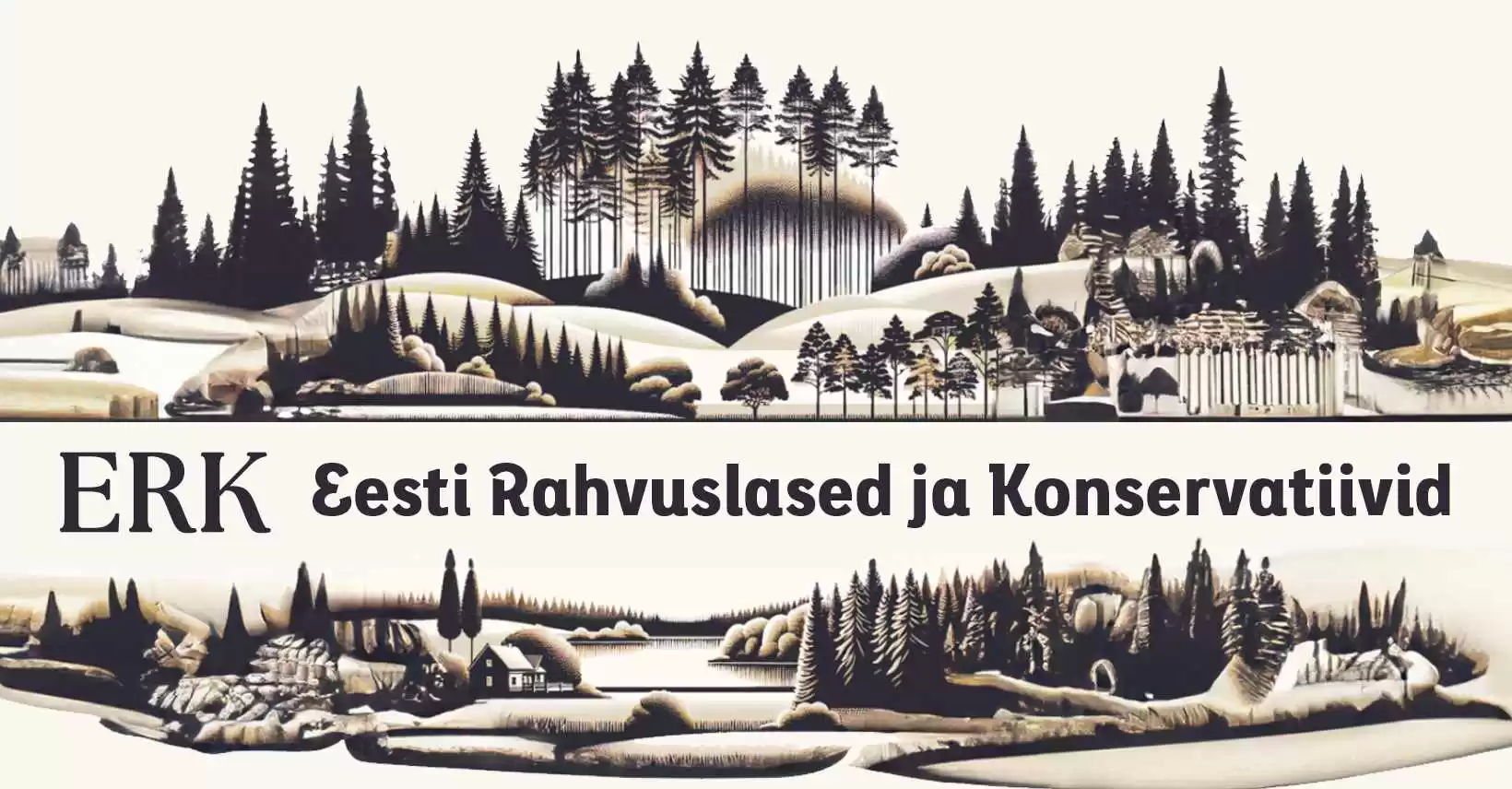Authored by Sally Fallon Morell via The Epoch Times (emphasis ours),
In February of last year, the International Journal of General Medicine published a study that was easy to miss, as no major media publication reported on “Total Meat Intake is Associated with Life Expectancy: A Cross-Sectional Data Analysis of 175 Contemporary Populations,” by Wenpeng You and his team of researchers.
For years we have heard that the secret to a long life is to cut back on meat consumption and increase our intake of carbs—advice that is enshrined in the USDA’s Dietary Guidelines for Americans. But that’s not what these researchers found.
You and his team analyzed data from 175 countries and territories—in other words, almost the whole world—and used various statistical methods to “explore and compare the correlations between newborn life expectancy … life expectancy at five years of life … and intakes of meat, and carbohydrate crops, respectively. The established risk factors to life expectancy—caloric intake, urbanization, obesity and education levels—were included as the potential confounders.”
The researchers found that worldwide, meat intake was associated with a longer life. “This relationship remained significant when influences of caloric intake, urbanization, obesity, education and carbohydrate crops were statistically controlled.” By contrast, consumption of carbohydrates had a weak but negative correlation with life expectancy.
Blue Zones and Meat Consumption
You may be wondering about the “blue zone” areas of the world—those with a high percentage of centenarians. According to Dan Buettner, author of “The Blue Zones, Lessons for Living Longer From the People Who’ve Lived the Longest,” the key to a long life is to minimize meat consumption and eat plenty of vegetables.
Don’t the long-lived people living in the blue zones eat a mostly plant-based diet?
Well, actually, no. For example, in Sardinia, Mr. Buettner’s first noted blue zone, meat consumption is higher among the long-lived peasants living in the mountains than those living in the valleys, according to a 2015 study published in the European Journal of Clinical Nutrition. Say the authors:
“The identification of a hot spot of exceptional longevity, the Longevity Blue Zone (LBZ), in the mountain population of Sardinia has aroused considerable interest toward its traditional food as one of the potential causal factors … Up to a short time ago, the LBZ population depended mostly upon livestock rearing, and consumption of animal-derived foods was relatively higher than in the rest of the island.” [emphasis added]
For Okinawa, his second listed blue zone, Mr. Buettner insists that “Older Okinawans have eaten a plant-based diet most of their lives. Their meals of stir-fried vegetables, sweet potatoes and tofu are high in nutrients and low in calories.” However, that’s not what researchers found in a 1992 study comparing the diets of mainland Japanese and those living on the island of Okinawa.
They found that the proportion of the diet from protein and fats—mainly pork and pork fat, but also fish—was higher in Okinawa. Another fact: the Okinawans love Spam—consuming more than one can per person per week—for a total of just over seven million cans of canned pork annually. Spam is the kind of “fatty, processed meat” that Buettner warns against.
Moving on to the Nicoya Peninsula of Costa Rica—an area teaming with cattle, goats, and pigs—folks there also love their lard. A 2013 study of the region found that the older Nicoyans ate more fish, more meat, and more saturated fat (from lard) than inhabitants of other regions in Costa Rica. They are also fond of a stew based on organ meats called “sustancia.”
In the blue zone of Ikaria, Greece, Buettner describes the diet as plant-based with a “low intake of saturated fats from meat and dairy.” Yet the islanders consume lots of goat and sheep dairy products, which are very high in saturated fat—and as is the custom throughout Greece—they frequently consume fatty lamb.
As for the Loma Linda, California, Seventh Day Adventists—Buettner’s fifth and final blue zone—it’s not clear that there are many centenarians in the population, but studies on these Adventists indicate that the men live 7.3 years longer and the women live 4.4 years longer compared to other Californians. However, very few Adventists (about 4 percent) follow a vegan diet, and as a group, they avoid alcohol, drugs, caffeine, and junk food—compared with Californians as a whole—who tend to consume alcohol, sodas, junk food, coffee, and drugs.
Which world population has the longest lifespan? The answer is surprising: bustling, crowded, polluted Hong Kong! According to United Nations data, the life expectancy in Hong Kong is 82.38 years for men and 88.17 years for women. Another surprise: Inhabitants of Hong Kong have the highest consumption of meat and dairy foods in the world, at 500 grams (over one pound) of meat and 281 grams (almost ten ounces) of dairy products per day.
Yet Another Media-Ignored Study on the Benefits of Meat
I am reminded of an important study, described in The Guardian, carried out almost twenty years ago—also ignored by the media—which showed just how important meat is for growing children.
Read more here…









